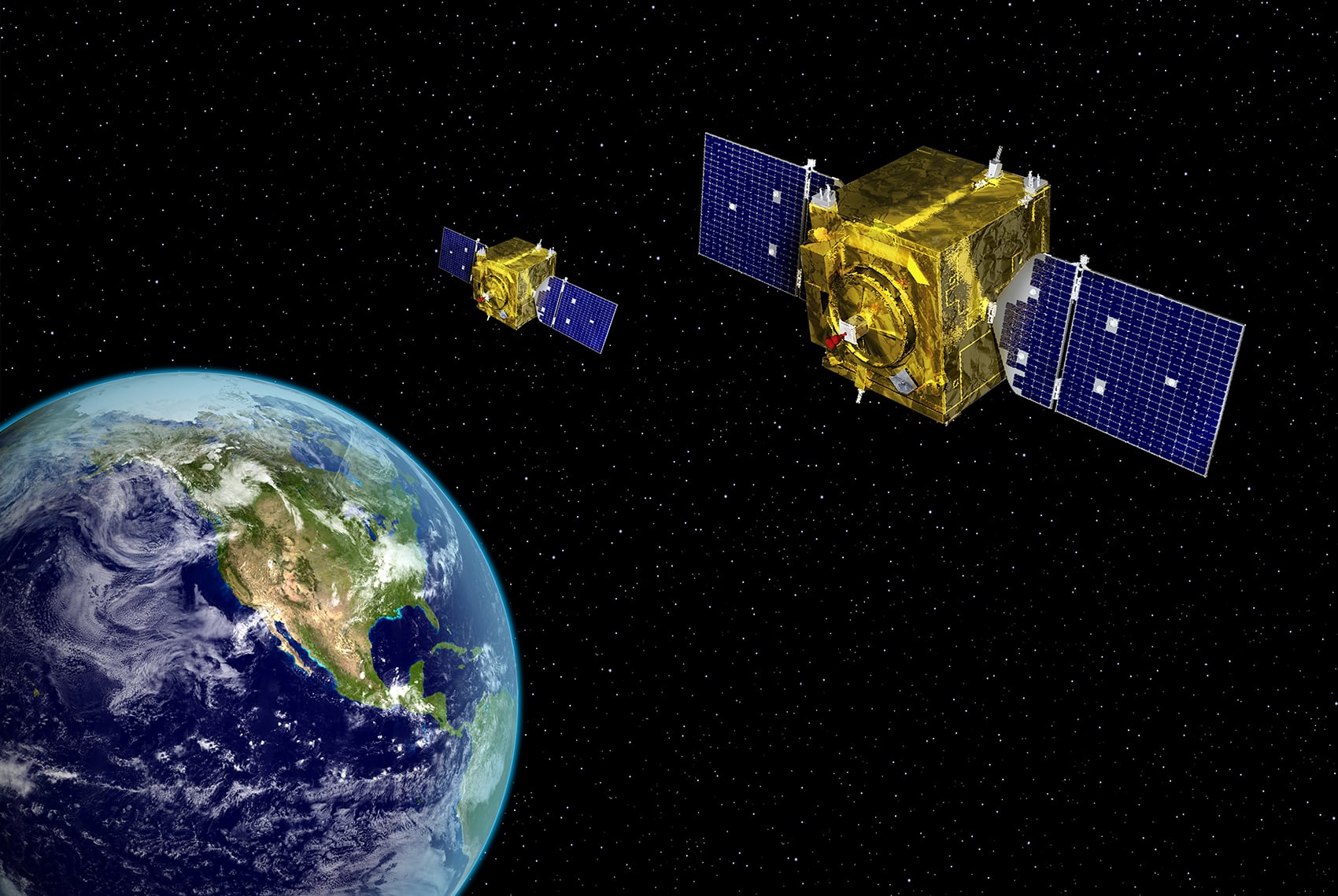The Space Force said it may develop a new constellation of domain awareness satellites to detect and track objects in geosynchronous orbit, about 22,000 miles above Earth.
Space Systems Command — the service’s acquisition arm — is in the early phases of planning for the capability, according to March 5 notice, and is seeking industry feedback as it studies the prospect of increasing its portfolio of observation satellites.
Domain awareness is a top priority both for the Space Force and U.S. Space Command as they look to better characterize and deter threats from adversaries like Russia and China. As the service prepares to release its budget request for fiscal 2025 next week, Vice Chief of Space Operations Gen. Michael Guetlein on March 7 called for more funding for space domain awareness capabilities, among other areas.
“We must invest more in test and training, space domain awareness, command and control, and in the ability to control the domain,” he said in a March 7 speech at the McAleese & Associates annual defense forum in Washington.
The service already operates a fleet of Geosynchronous Space Situation Awareness Program, or GSSAP, satellites that serve a kind of neighborhood watch function. They also perform rendezvous and proximity operations, drawing close to other satellites to observe and provide data on them.
Details on GSSAP’s full suite of capabilities are slim as the program is largely classified. The service first launched the Northrop Grumman-built spacecraft in 2014 and in 2022 fielded two more to replenish the constellation. Last year, it deactivated one of the six GSSAP satellites in orbit.
It’s not immediately clear how the additional GEO satellites would be distinct from GSSAP. However, one key difference is that the service wants the spacecraft to carry carry a Space Force-supported, in-orbit refueling port that would allow them to extend missions.
In recent years, Space Command leaders have pushed for the service to field more refuelable spacecraft to support more dynamic operations, noting that satellites like GSSAP are somewhat limited due to their fixed fuel supply.
Last year, then-deputy Space Command commander Lt. Gen. John Shaw called on the Space Force to equip all space observation satellites to be equipped for refueling by the end of the decade.
The notice indicates the satellites would be highly maneuverable and would carry an electro-optical payload. The service is also looking for low-cost systems that require minimal development and could be quickly built and launched.
The spacecraft wouldn’t need bespoke ground systems or operational units but would instead rely on existing capabilities.
Courtney Albon is C4ISRNET’s space and emerging technology reporter. She has covered the U.S. military since 2012, with a focus on the Air Force and Space Force. She has reported on some of the Defense Department’s most significant acquisition, budget and policy challenges.








